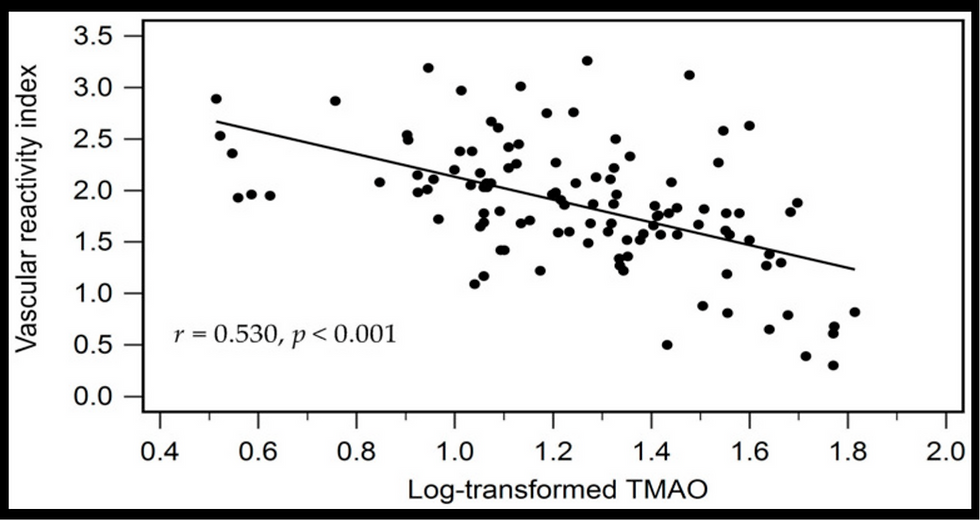New Horizons: Testosterone or Exercise for Cardiometabolic Health in Older Men
- heartlung
- Mar 28, 2023
- 1 min read
J Clin Endocrinol Metab 2023 Mar 25.
Abstract Middle-aged and older men have typically accumulated comorbidities, are increasingly sedentary, and have lower testosterone concentrations (T) compared to younger men. Both reduced physical activity (PA) and lower T are associated with, and may predispose to, metabolically adverse changes in body composition, which contribute to higher risks of cardiometabolic disease. Exercise improves cardiometabolic health, but sustained participation is problematic. By contrast, rates of T prescription have increased, particularly in middle-aged and older men without organic diseases of the hypothalamus, pituitary or testes, reflecting the unproven concept of a restorative hormone that preserves health. Two recent large randomised trials of T, and meta-analyses of randomised trials, did not show a signal for adverse cardiovascular (CV) events and T treatment on a background of lifestyle intervention reduced type 2 diabetes by 40% in men at high risk. Men with both higher endogenous T and higher PA levels have lower CV risk, but causality remains unproven. Exercise training interventions improve blood pressure and endothelial function in middle-aged and older men, without comparable benefits or additive effects of T treatment. Therefore, exercise training improves cardiometabolic health in middle-aged and older men when effectively applied as a supervised regimen incorporating aerobic and resistance modalities. Treatment with T may have indirect cardiometabolic benefits, mediated via favourable changes in body composition. Further evaluation of testosterone as a pharmacological intervention to improve cardiometabolic health in aging men could consider longer treatment durations and combination with targeted exercise programs.
Keywords: FMD; aging; androgens; blood pressure; exercise training; vascular function.
© The Author(s) 2023. Published by Oxford University Press on behalf of the Endocrine Society.
Read Full-Text: https://academic.oup.com/jcem/advance-article/doi/10.1210/clinem/dgad175/7086078?login=false

![Lipoprotein(a) levels predict endothelial dysfunction in maintenance hemodialysis patients: evidence from [VENDYS] vascular reactivity index assessment](https://static.wixstatic.com/media/dac531_5285607cc591409a9d83746f042af7c6~mv2.png/v1/fill/w_980,h_980,al_c,q_90,usm_0.66_1.00_0.01,enc_avif,quality_auto/dac531_5285607cc591409a9d83746f042af7c6~mv2.png)


Comments